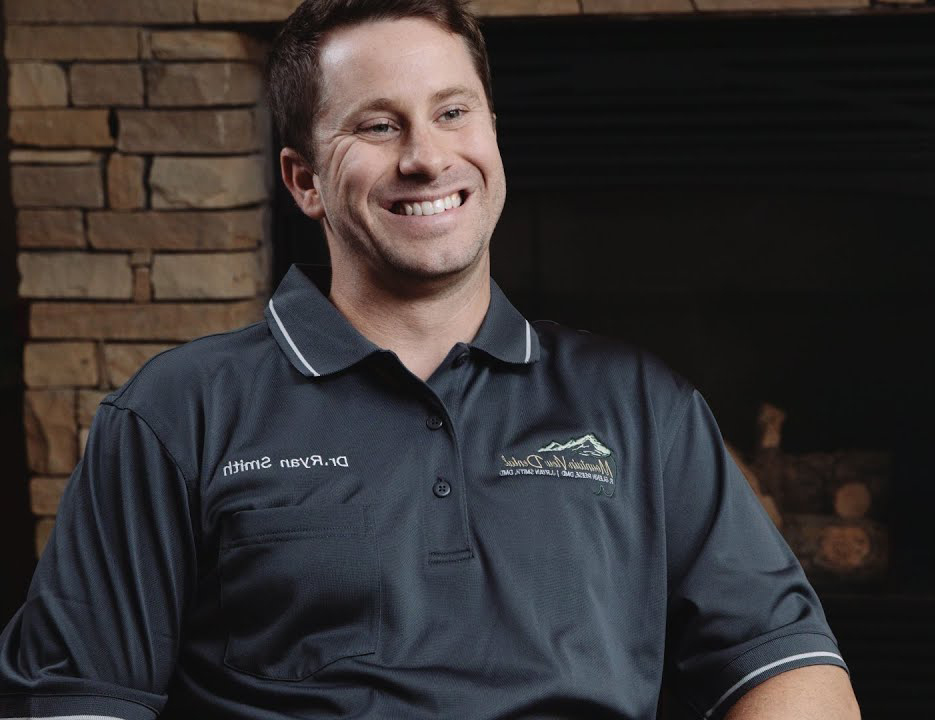It’s the biggest decision of a dentist’s entrepreneurial journey: Do you buy an existing practice or build one from scratch?
There’s no single right answer, but making the wrong choice for your specific personality, goals, and financial situation can be a career-defining mistake. The path you choose will shape your stress levels, your financial runway, and the very identity of your practice for years to come.
Forget a one-size-fits-all approach. Today, we’re breaking down the four primary paths to practice ownership. Think of this as a conversation to help you identify which model best aligns with your vision, so you can build a practice that not only thrives financially but brings you genuine fulfillment.
The Two Ways to Start from Scratch
Building from the ground up offers the ultimate control. You choose the location, the demographics, the equipment, and the brand from day one.
Path 1: The Budget Startup (The Scrappy Innovator)
- What it is: Instead of a full, ground-up build-out, you find a space that is already plumbed and designed for dentistry. This is often a failed practice or an office where the previous dentist moved or retired without selling. Your initial investment is drastically lower. The cheapest practice I ever built out this way was under $100k, start to finish.
- Pros: Dramatically lower upfront cost, significantly faster path to profitability, and you still get to control the branding and systems.
- Cons: These opportunities are rare and can be hard to find. The location or layout may be a compromise. You start with zero patients.
- Who is this for? The resourceful, budget-conscious dentist who is an excellent marketer. You must be confident in your ability to generate new patient flow from day one without an existing patient base.
Path 2: The Ideal Startup (The Visionary Architect)
- What it is: This is the traditional scratch-start. You conduct demographic research to find the perfect high-growth area, secure a prime location with great visibility, and execute a full, custom build-out designed to your exact specifications.
- Pros: 100% control over every single detail. You can create the perfect workflow, brand identity, and patient experience from the ground up.
- Cons: This is by far the most expensive option. The financial runway to profitability is very long, and the initial stress can be immense.
- Who is this for? The dentist with a crystal-clear vision, a passion for branding and marketing, and access to significant capital. You must have the stomach for high risk and a long-term game plan.
Watch the full, in-depth conversation on these four paths to ownership.
The Two Ways to Acquire a Practice
Buying a practice gives you an immediate foundation of patients, staff, and cash flow. But not all acquisitions are created equal.
Path 3: The Equity Play Acquisition (The Turnaround Artist)
- What it is: You buy a practice that is heavily underutilized or poorly managed but has massive upside potential. The price is reasonable because the performance is mediocre, but you see a clear path to growth.
- Pros: Lower purchase price and loan amount. The potential to build significant equity is huge if you can successfully turn it around. If you double the production, you’ve created immense value.
- Cons: Low initial cash flow. This path requires intense work, strong leadership, and excellent business systems to unlock the hidden potential. It’s a high-effort, high-reward scenario.
- Who is this for? The high-energy dentist who loves a challenge and is more of a business-minded entrepreneur. You must be confident in your ability to improve systems, motivate a team, and drive growth.
Path 4: The Cash Flow Acquisition (The Stable Steward)
- What it is: You buy a practice that is already the size and revenue you want. It’s well-run, profitable, and can support your income needs from day one.
- Pros: Immediate, predictable cash flow and financial stability. This is often the least stressful and fastest path to a comfortable owner’s income.
- Cons: This is the most expensive acquisition. You are paying a premium for its existing success, which may limit the future growth potential.
- Who is this for? The dentist with a lower risk tolerance who values stability and predictability. This is for someone who is confident in their clinical skills and wants to step into a proven, successful system.
How to Choose the Right Path for You
There is no “best” option—only the best option for you. Your decision should be an honest reflection of your personality, skills, and life goals.
Ask yourself:
- What is my true risk tolerance? A scratch-start is high-risk, high-reward. A cash flow acquisition is low-risk, stable-reward.
- Am I a marketer at heart? If you love branding and generating new leads, a startup can be exhilarating. If you primarily want to focus on clinical dentistry, an established practice is a better fit.
- What are my financial realities? Be brutally honest about the capital you can access and the monthly loan payments you can comfortably handle, especially during a slow start.
- What is my long-term vision? Do you want to build a legacy brand from scratch, or do you want to step into a successful operation and maintain it?
Aligning your choice with the answers to these questions is the key to not just buying or building a practice, but building a career you love.

